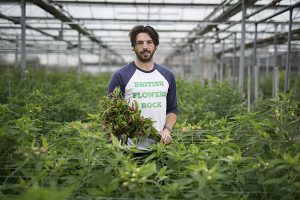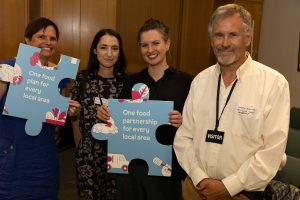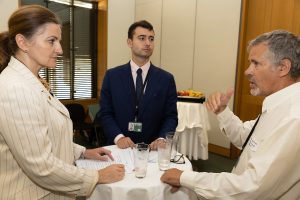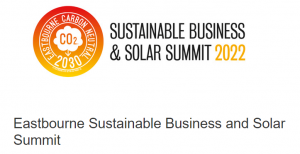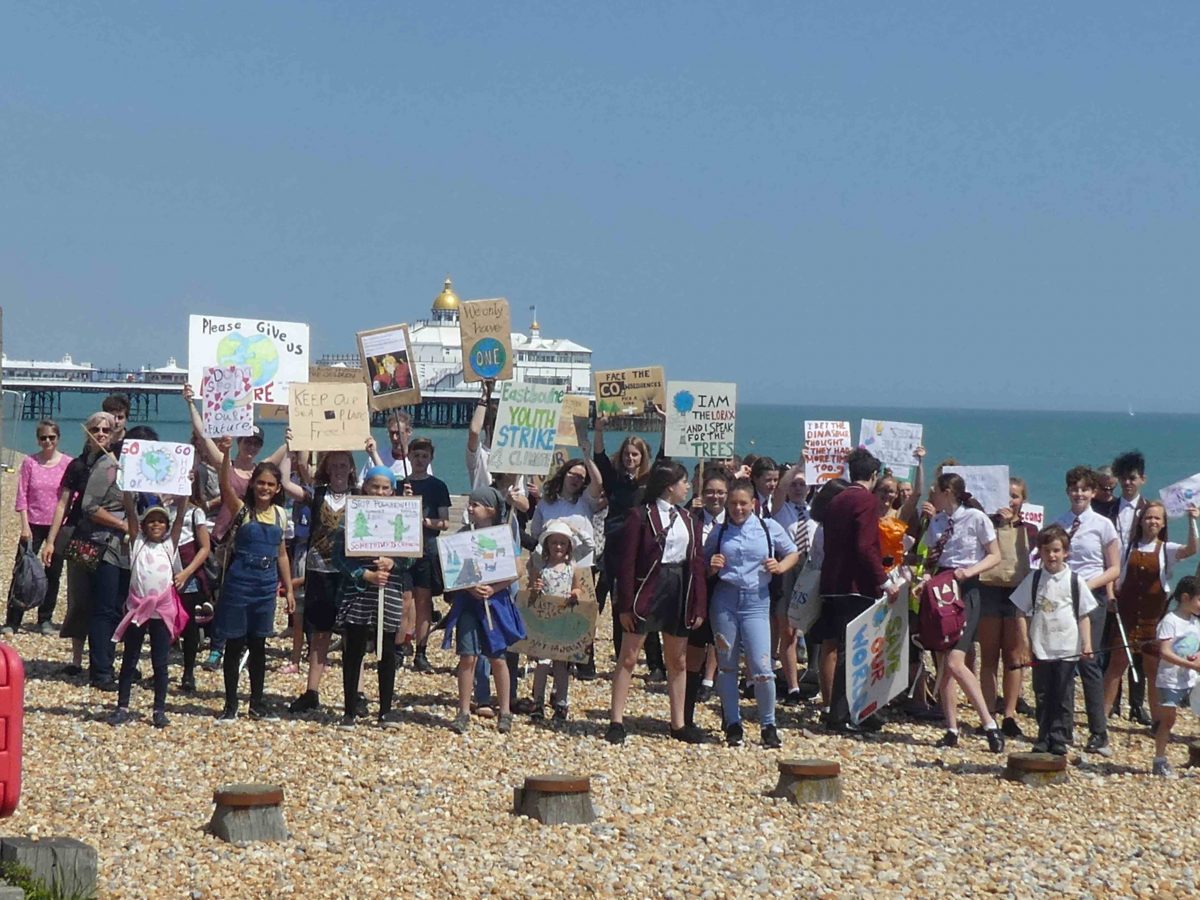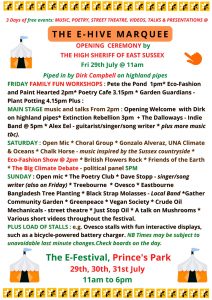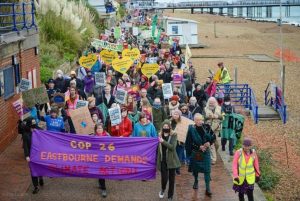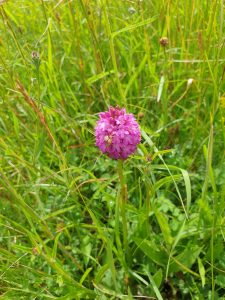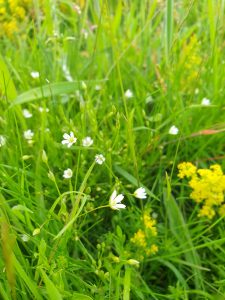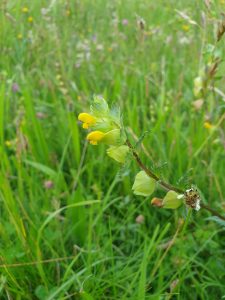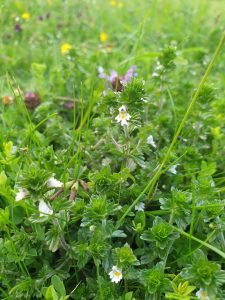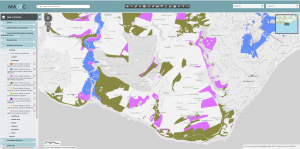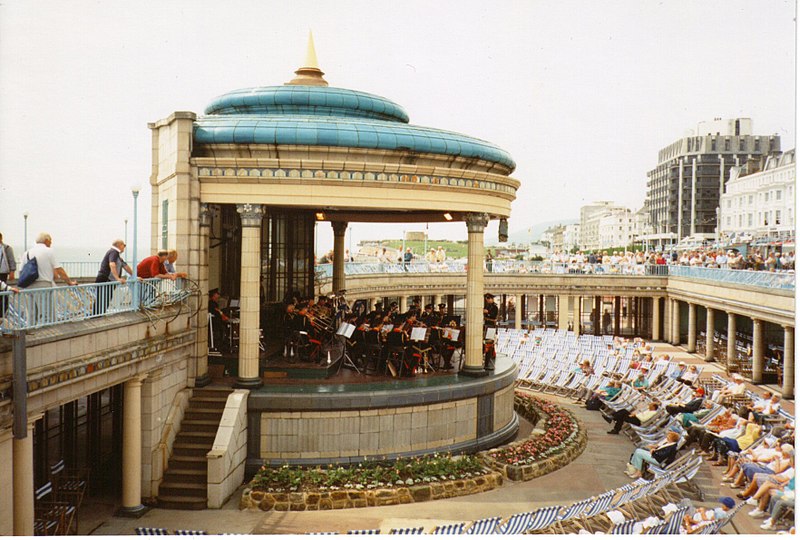The Eastbourne Eco Action Network CIC that I’m proud to be part of is a tiny social enterprise entirely run by volunteers and receiving very little funding, yet it continued to punch way above its weight throughout 2022 by continuing its mission to facilitate cross-community efforts to deliver a carbon neutral Eastbourne by 2030. How did it do this? Let’s see…
We participated actively in the development of the Eastbourne Climate Coalition, a new grouping of over 40 local organisations formed in the wake of the COP26 climate talks. The coalition agreed to pursue the goal of creating a Climate Emergency Centre in central Eastbourne in order to maximise engagement with local people about the key environmental issues of our time and showcase the opportunities to become involved in positive ways with those issues. We organised and managed, on behalf of the Eastbourne Climate Coalition, a crowdfunding campaign for the Eastbourne Climate Hub project that successfully raised over £5,000 to help fund it.
We provided crucial back-office support for two pop-up Climate Emergency Centres this year, in collaboration with our partners in the Eastbourne Climate Coalition. The first was an E-Hive marquee at the inaugural E-Festival in Princes Park in July, which provided a rich and varied programme of community-run events that engaged festival-goers with a wide range of issues concerning the climate and nature emergencies.
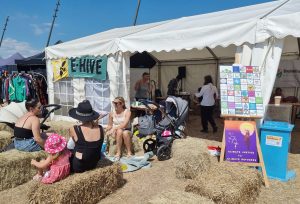
The second was an E-Hive hub in The Beacon shopping centre that was open 7 days a week for 6 weeks, from November 1st to December 13th.
![]()
Both E-Hives were a great success, buzzing with activities about all things eco, and all entirely run by local volunteers on a skeleton budget. The learnings gained from these two pop-ups will help planning for whatever permanent premises are eventually acquired, hopefully in 2023.
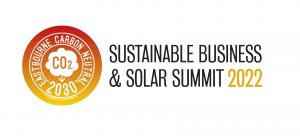
Our team put in hundreds of hours of work organising the Sustainable Business & Solar Summit at the Welcome Building in November, bringing together probably the largest gathering of local experts, installers, and funders in renewable energy and sustainability ever seen in Eastbourne. We worked in partnership with Eastbourne Borough Council and the Eastbourne Chamber of Commerce, plus some key local sponsors, to ensure that the summit was indeed a great success, opening up opportunities for a scaling up of the green tech sector in Eastbourne, crucial to reducing carbon emissions within Eastbourne as well as creating new green, well-paid jobs in the local economy and saving local businesses a lot of money on their energy bills. The collection of videos and slideshows of the great presentations made at this event are well worth watching.
We formed a partnership with Energise Sussex Coast, a local community energy enterprise, to facilitate the scaling up of energy advice to Eastbourne residents in 2023. Now more than ever people need help to find out how to reduce the size of their energy bills and how to keep their homes warm enough in winter. But every household’s circumstances are unique and there’s no better way to deliver energy advice than through in-person conversations in local settings with local energy advisors who have been trained up by fully qualified energy experts. We will be working with local organisations to help recruit volunteers willing to be trained up as energy advisors, and the training will begin next February.
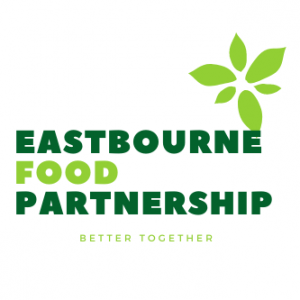
We also provided assistance to the Eastbourne Food Partnership (which to a large extent grew out of our original Food Working Group) to help secure significant grant funding to employ a paid coordinator to scale up the work of the food partnership, now a fully independent social enterprise in its own right. This partnership is, amongst its other aims, about creating a coherent local food system that is climate-resilient and ensures a sustainable and accessible supply of fresh, healthy food to all local residents, food moreover that is grown locally as much as possible and grown in ways that promote soil health & local biodiversity rather than damage it, thereby reducing carbon emissions from inappropriate land use.
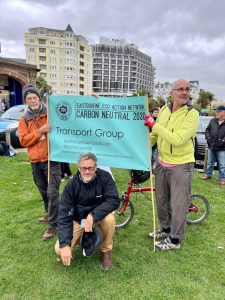
Our two working groups, the Housing & Energy, and the EcoTransport Group, have continued to be very active with their own initiatives, feeding informed comments into various council consultations and liaising with local councillors about how to reduce local carbon emissions in a variety of local sectors and projects. In a time when all local councils have such financial constraints that keeping up with all the many eco issues is now difficult for them, the input of well-informed and dedicated local volunteers into council initiatives on carbon neutrality is crucial and much appreciated by most councillors.
The good news is that, overall, carbon emissions are falling in Eastbourne year by year, but the bad news is that the fall is not yet fast enough to meet the 2030 target of meaningful carbon neutrality. We will be working hard in 2030 to help speed up that fall, especially as we have no time to lose now that the impacts of climate change are becoming ever more apparent even in the UK, which experienced its hottest ever summer in 2022. I would like to thank all those who volunteered their time and energy in all the projects we have been part of, and all those groups who have partnered with us. There has been nothing more rewarding for me than working with so many people dedicated to making Eastbourne a cleaner, healthier, greener place that contributes its fair share towards ensuring a safe enough climate future for our families and for all future generations.
Best wishes for a Merry Christmas and a Happy New Year!
Andrew Durling, Executive Director, Eastbourne Eco Action Network CIC


